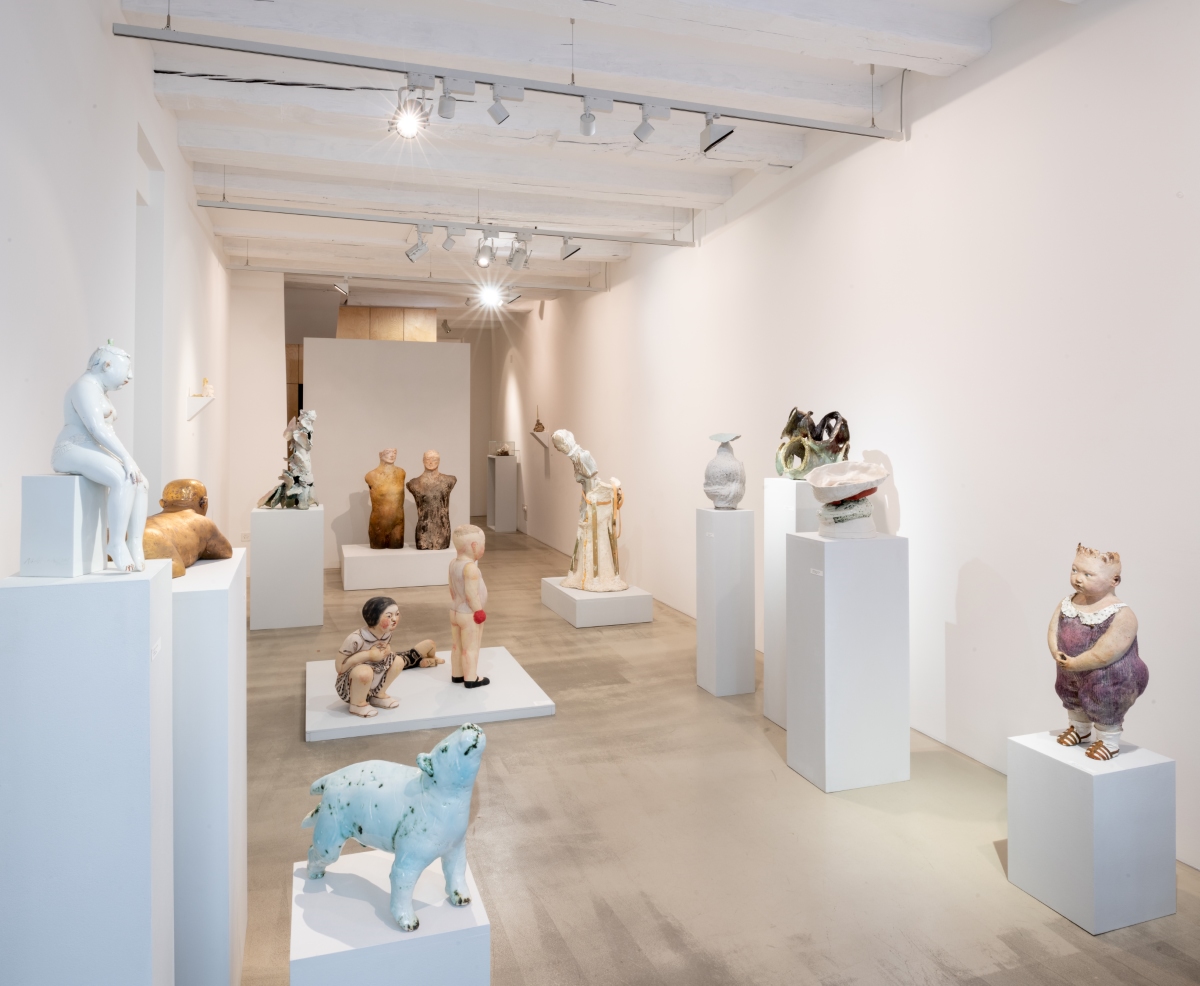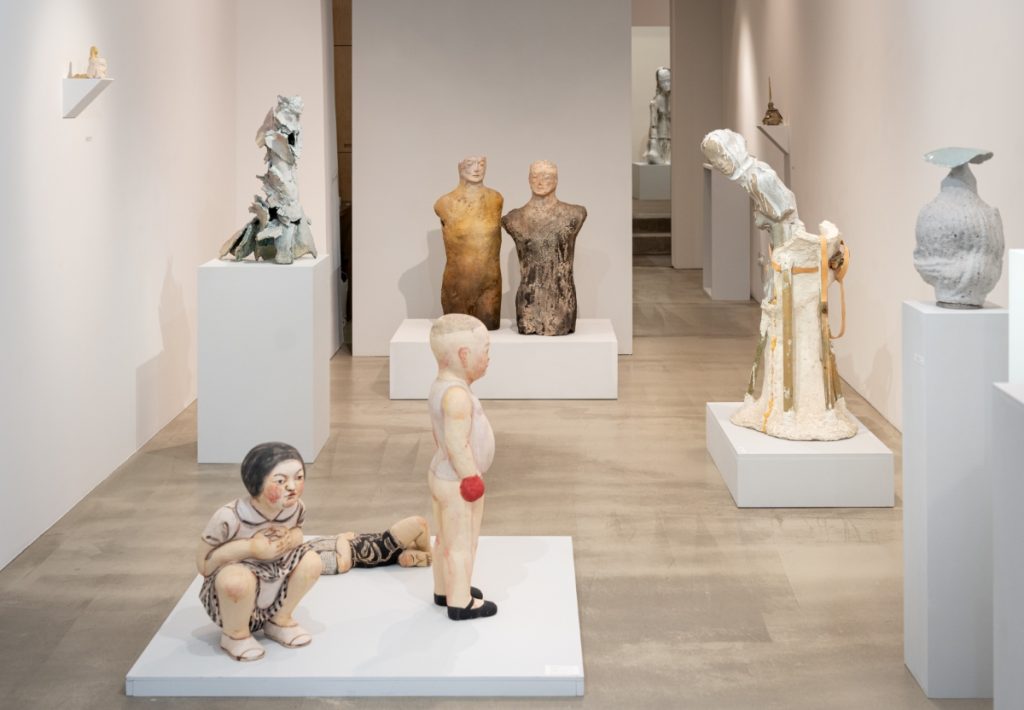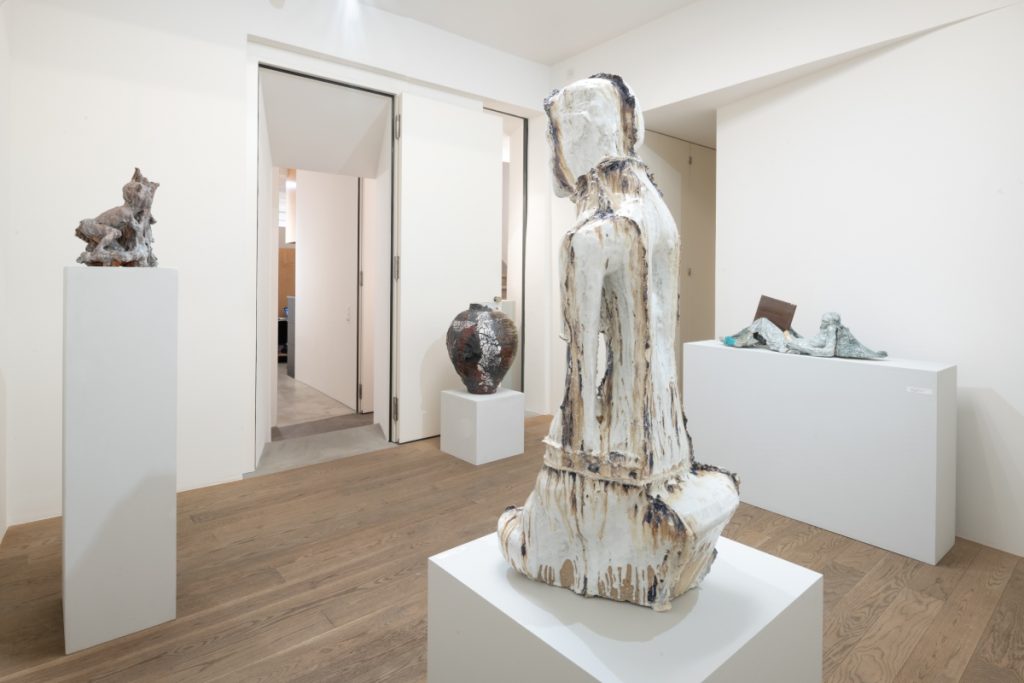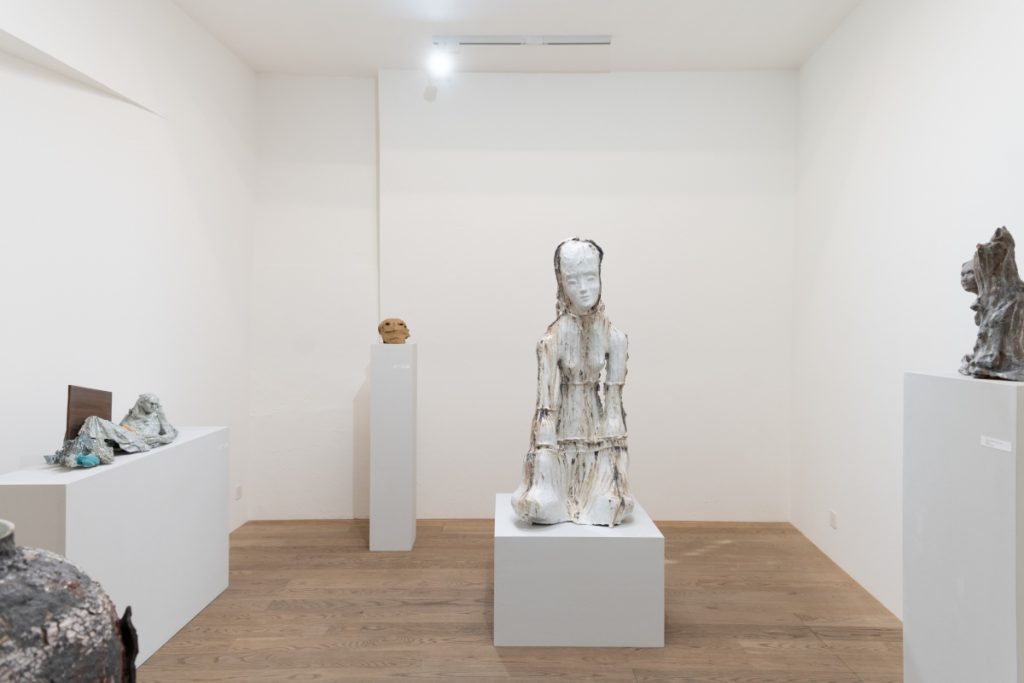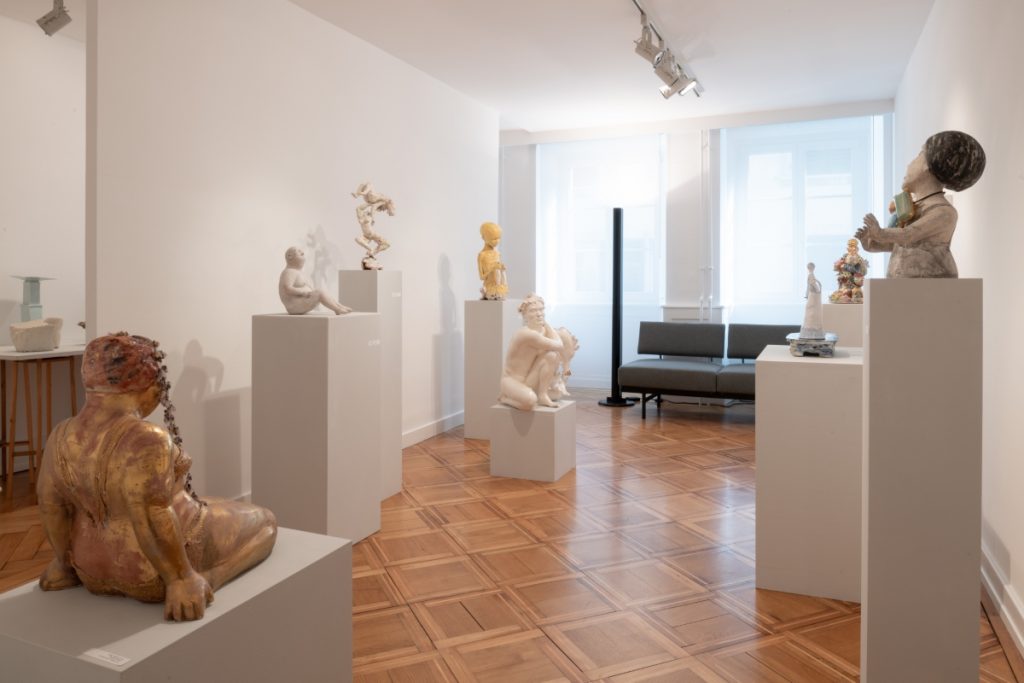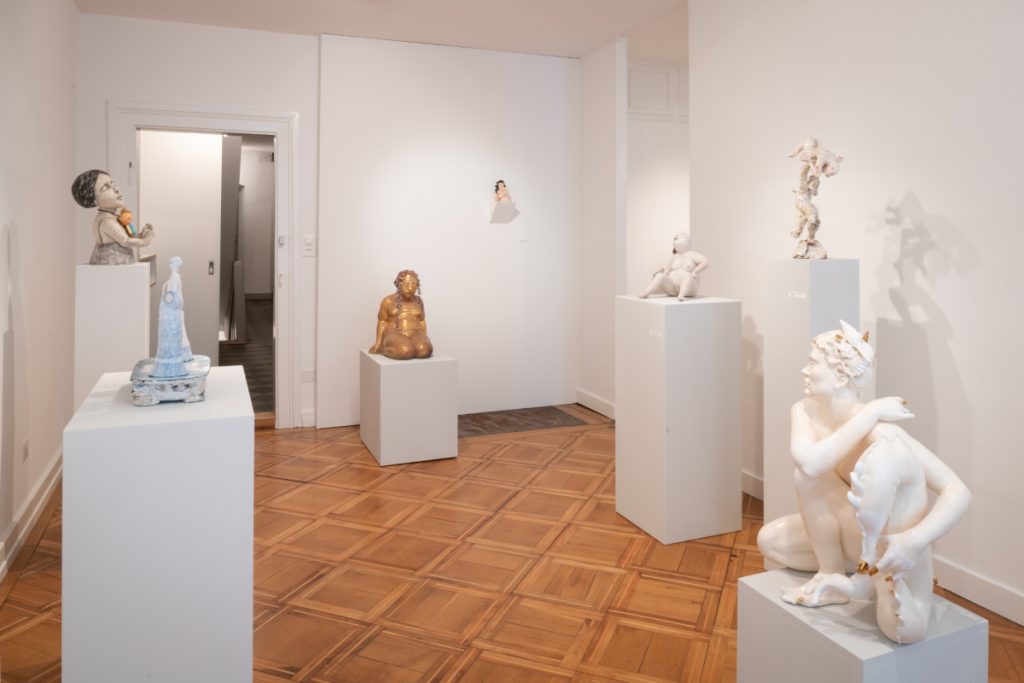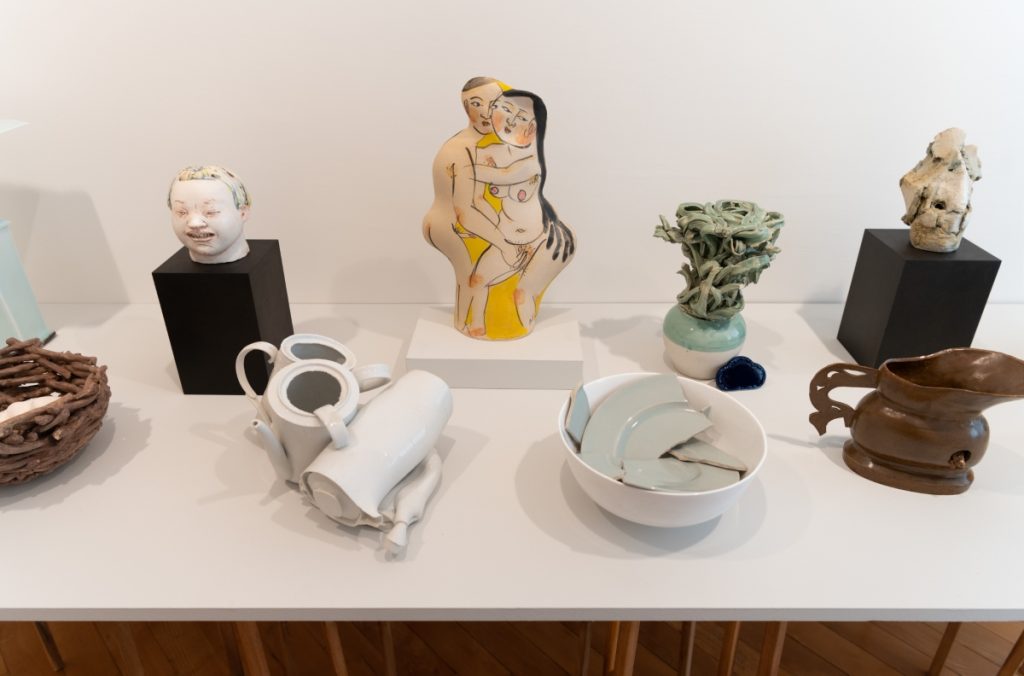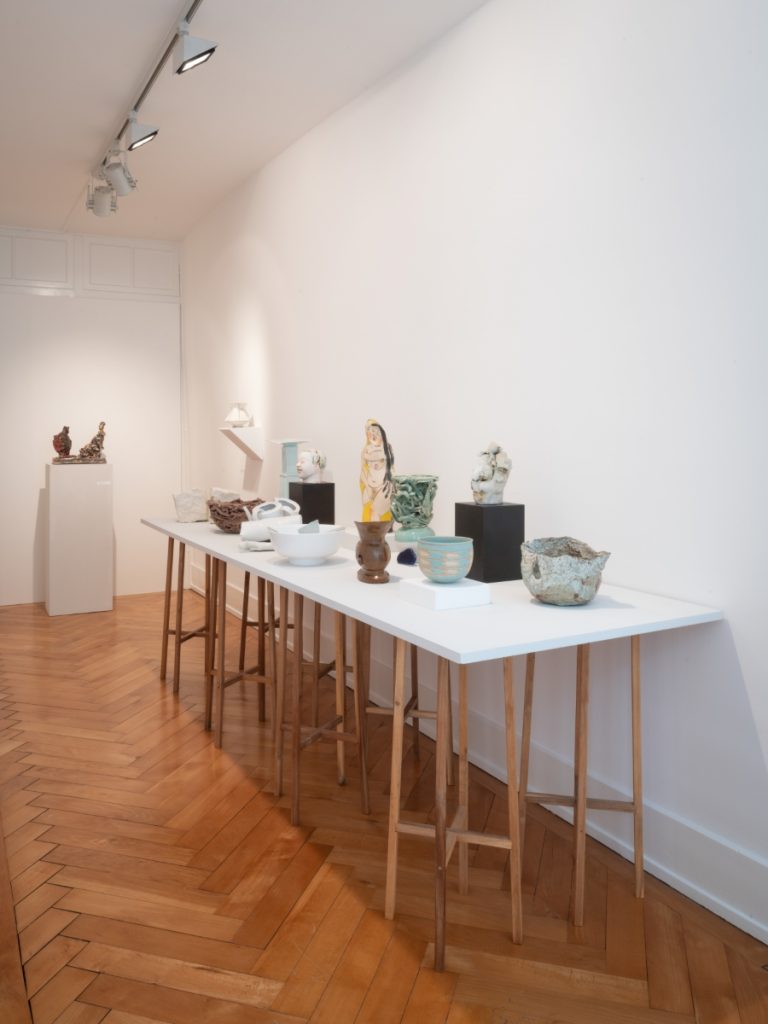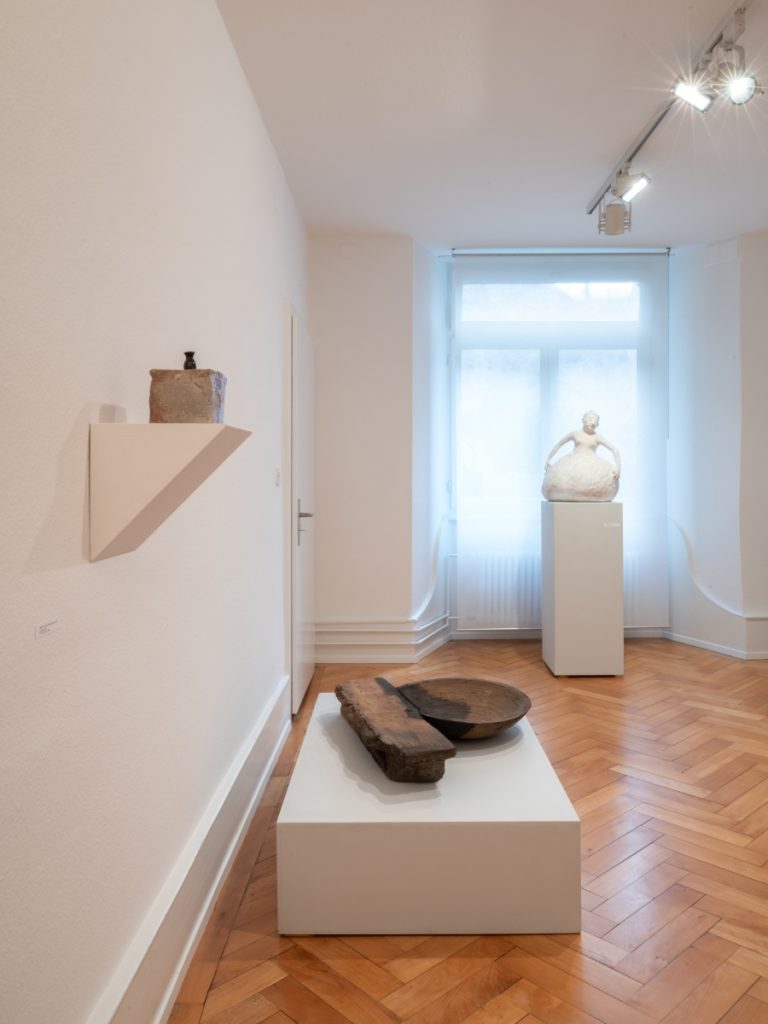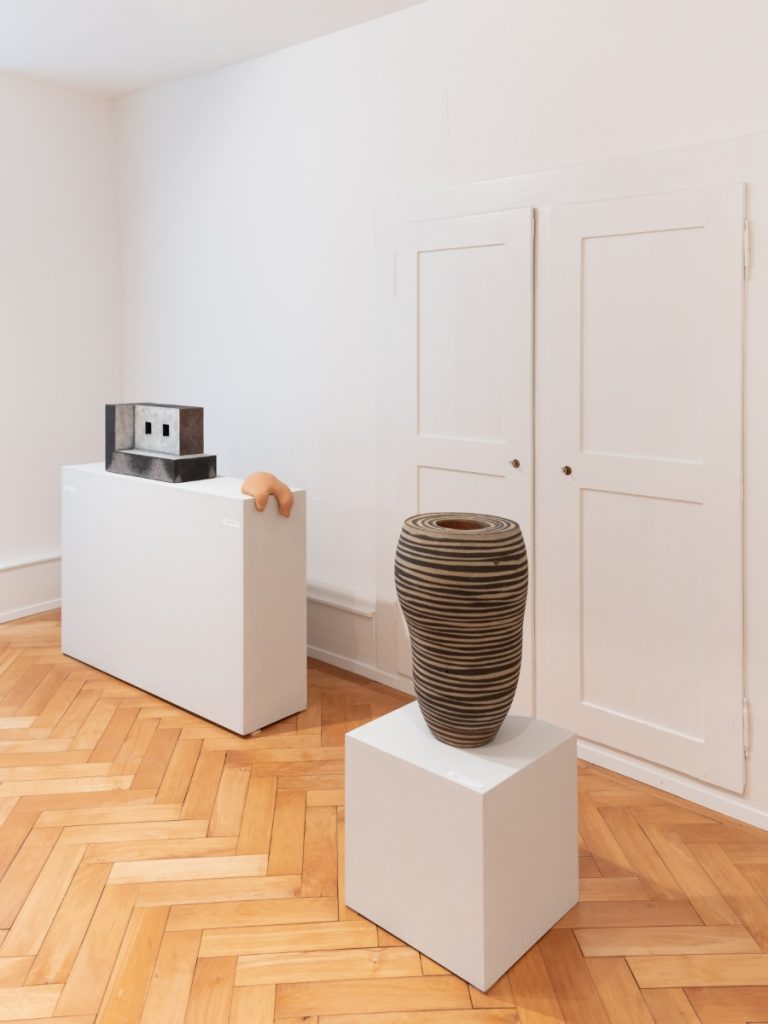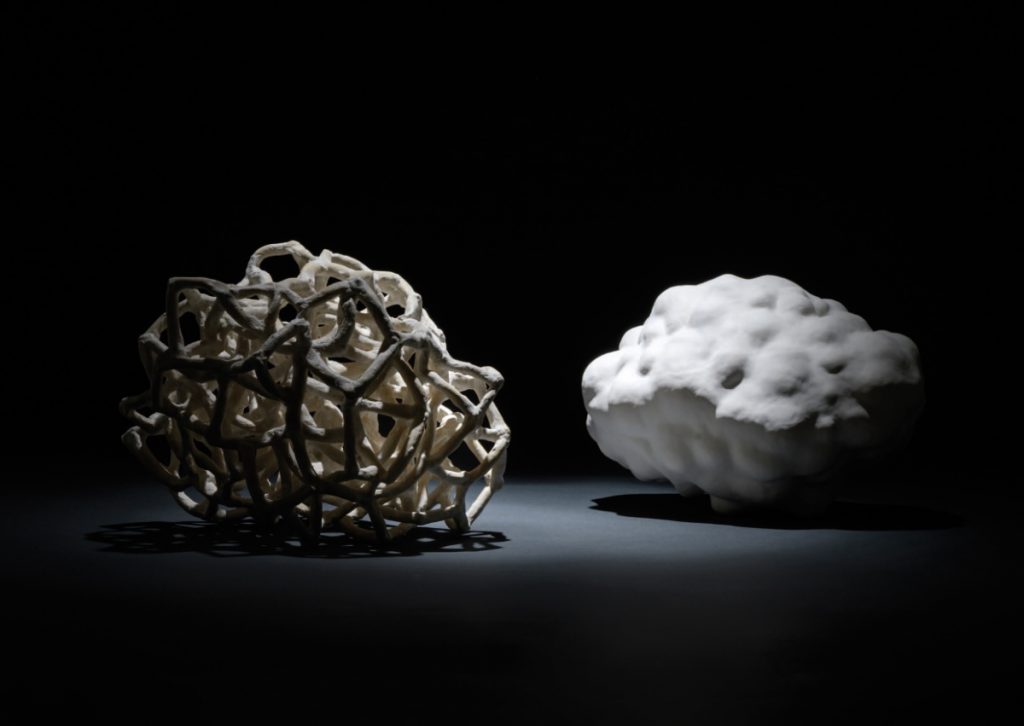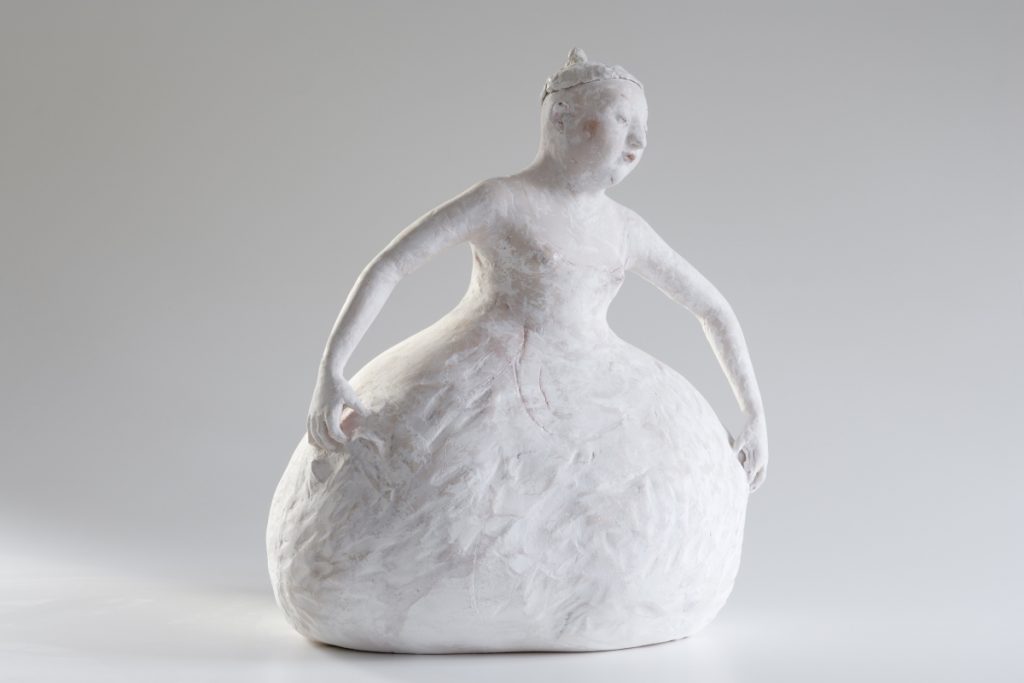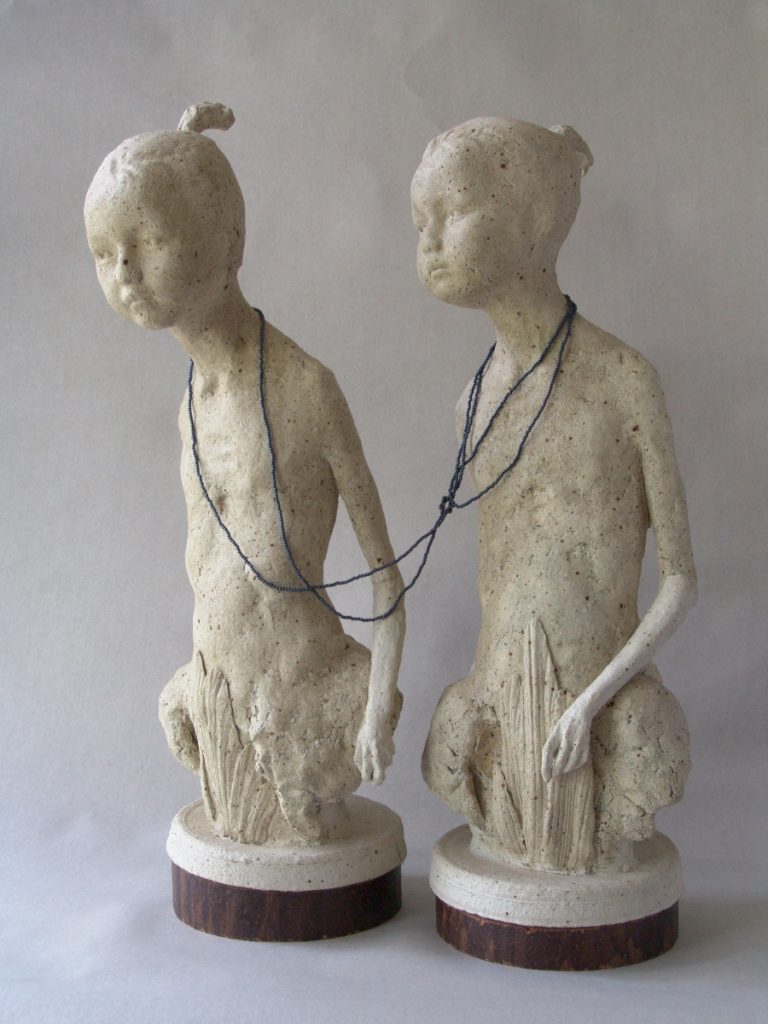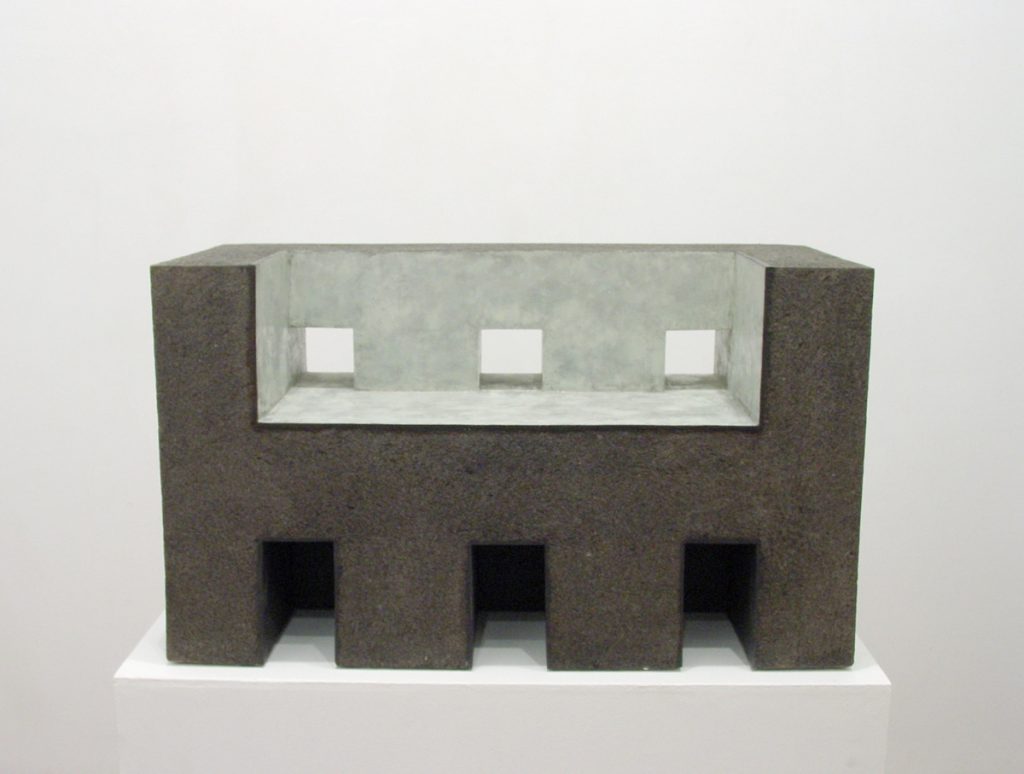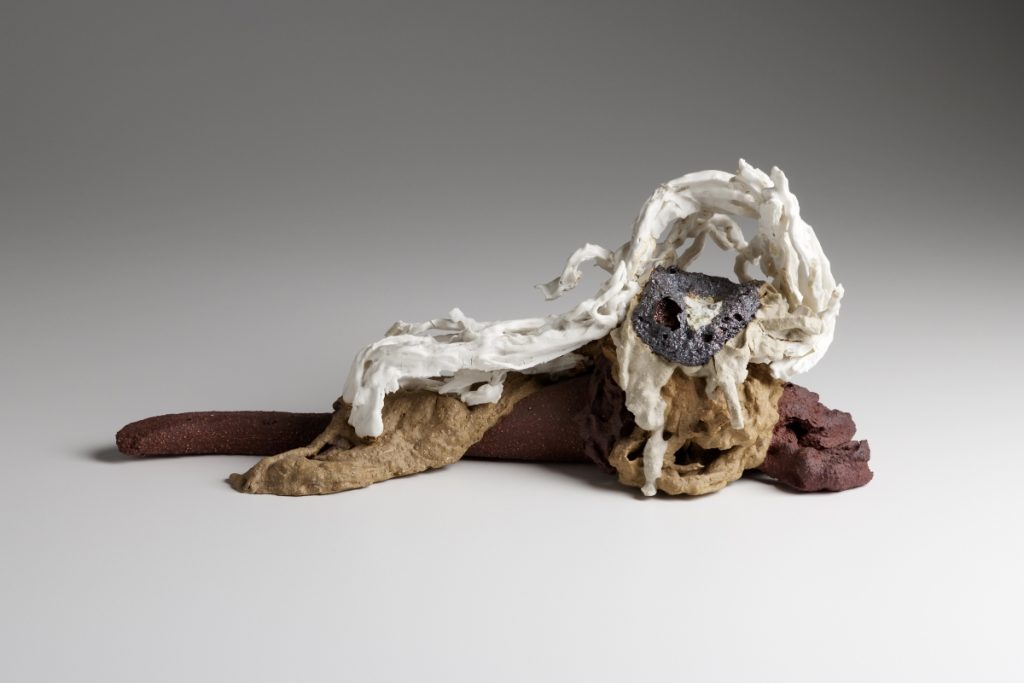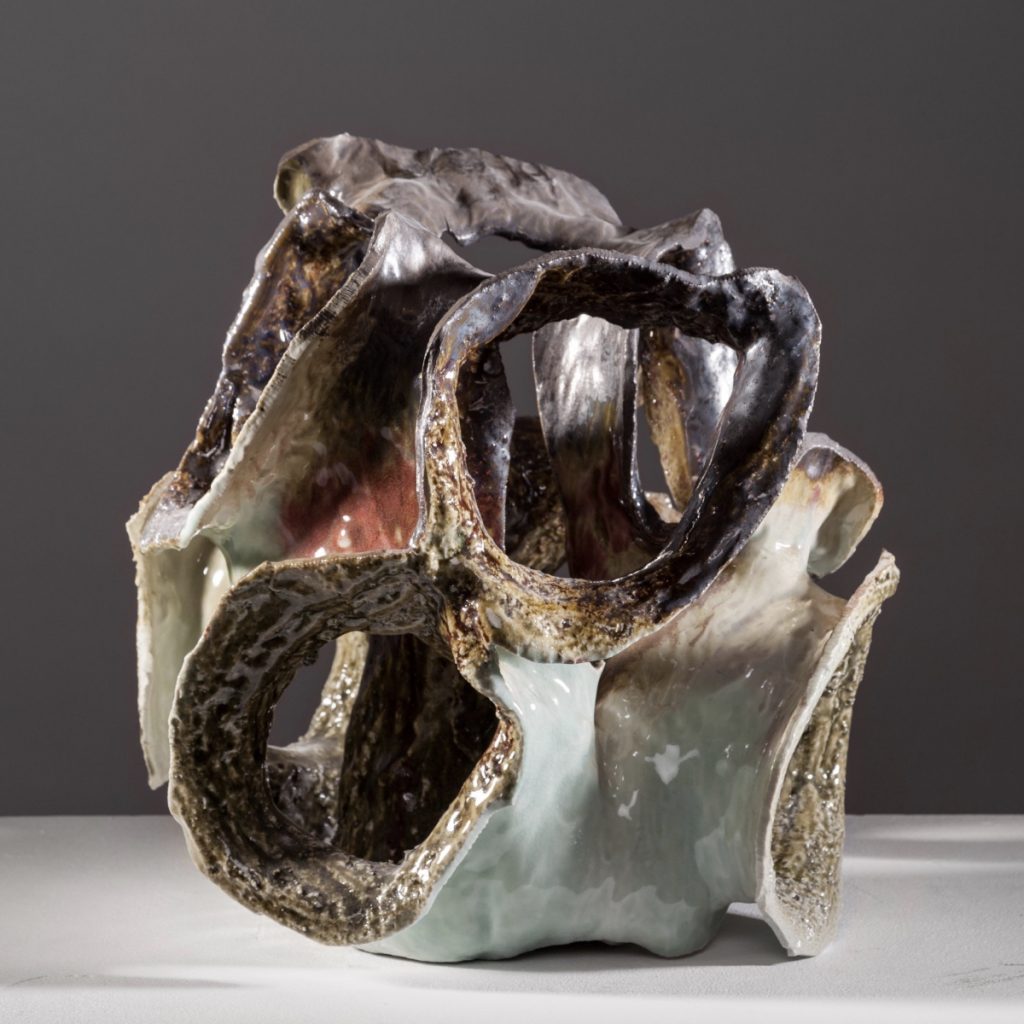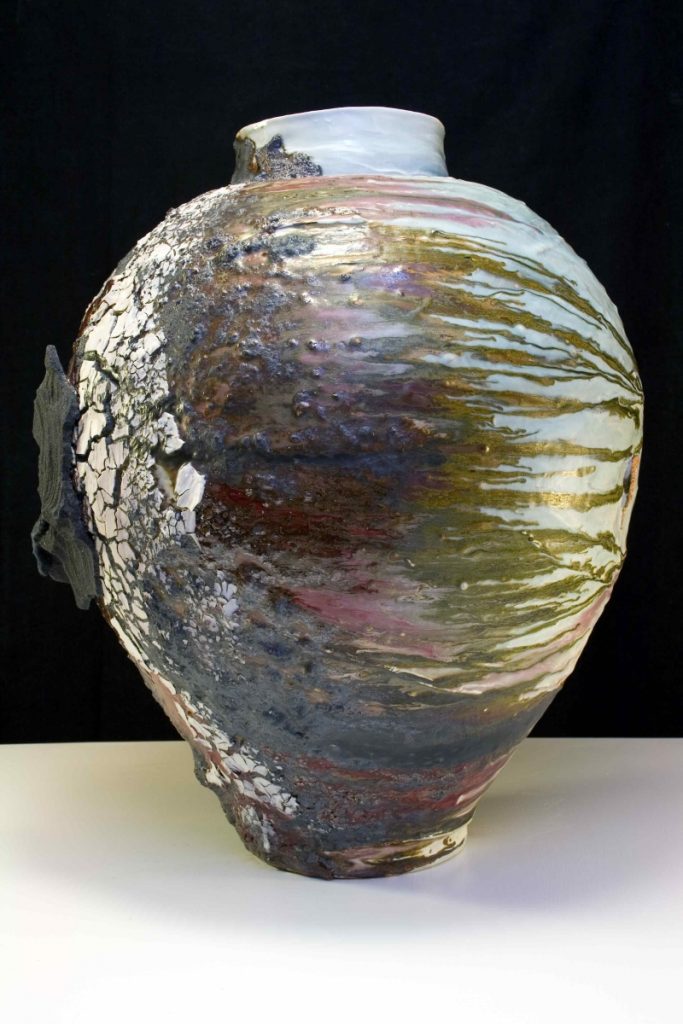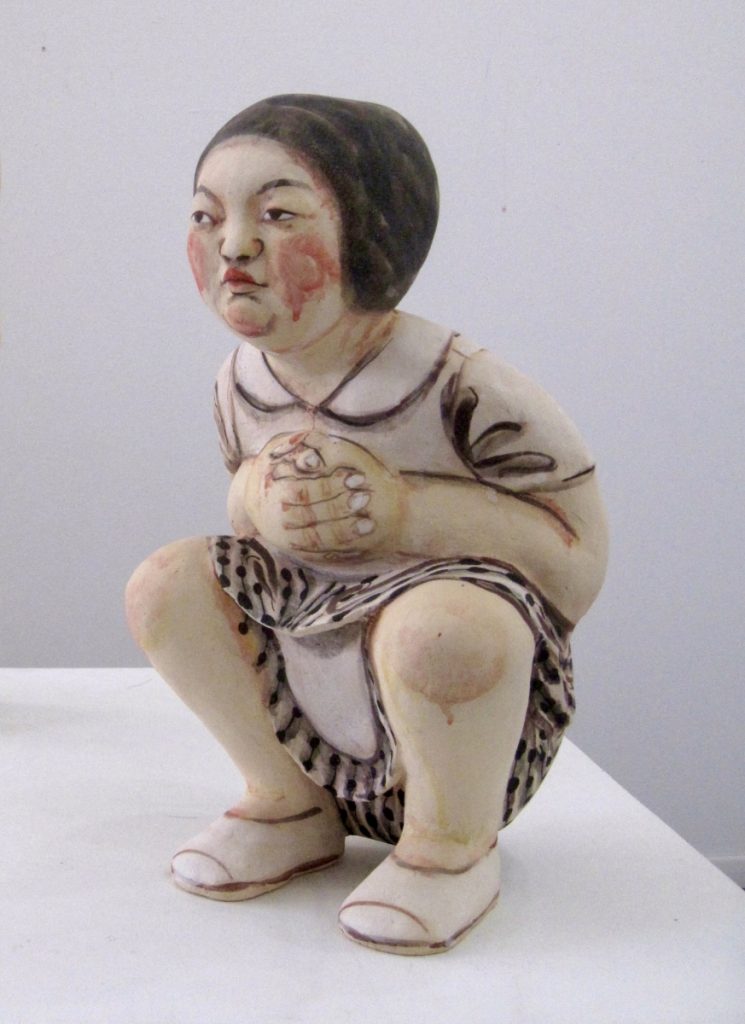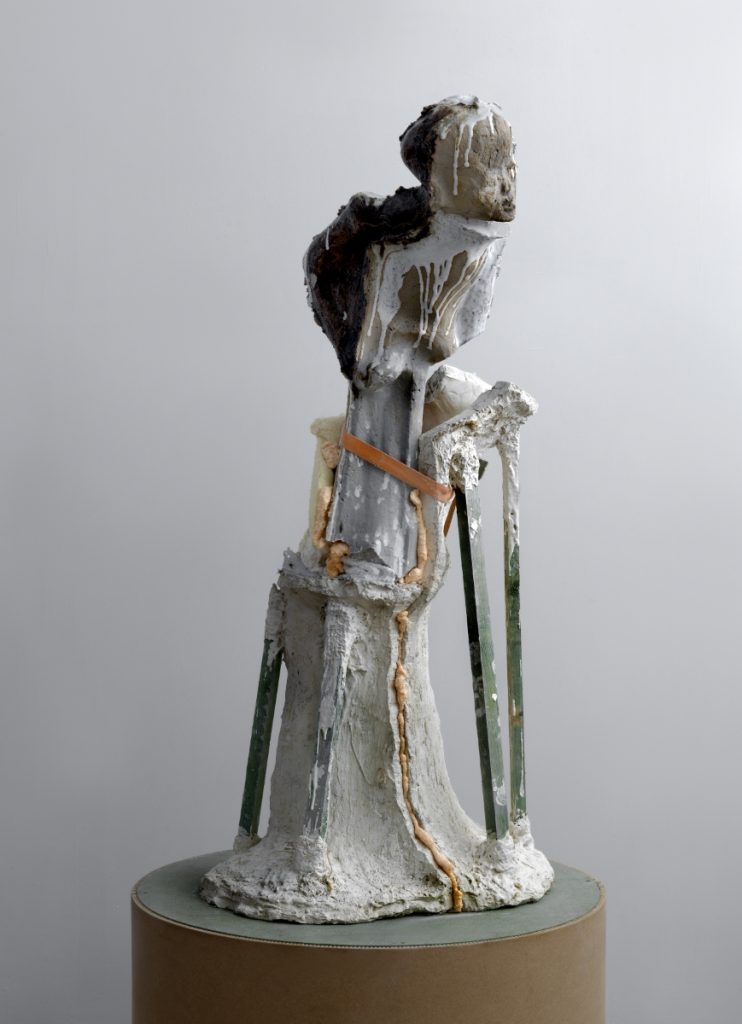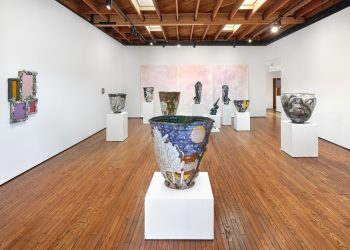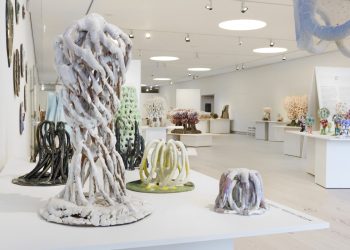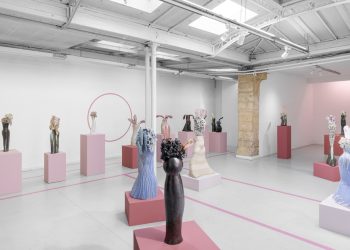… yet had I not loved … Artworks from a collection is now in view at Kunstforum Solothurn, Switzerland
August 15 – September 19, 2020
Hanspeter Dähler, the most committed promoter of contemporary ceramic art in Switzerland, and I have now known each other for more than twenty years. It was through him that I was able to acquire a substantial part of my ceramics collection. When he asked me whether I could imagine exhibiting my collection of contemporary ceramic art, which I have been collecting for more than four decades, in his gallery and curating it together with him—just as we had for the collection exhibition ‘Come on Baby, Light my Fire‘ in 2018 in the Musée Ariana in Geneva — I was at first somewhat taken aback: Collection? Me? Will the artworks that I have purchased as a result of a coup de foudre unfold that same magic to which I had succumbed within what amounts to an almost museum-like environment? Moreover, it is not without risk to submit oneself to a public discourse through one’s collection. The offer was, however, tempting as it gave me an opportunity to, for once, not encounter my pieces crowded together on the floor or on commodes and brackets, surrounded by paintings, books and mere bric-a-brac, but to see them validated within the framework of an exhibition. And if the exhibition can, in addition, contribute to a wider recognition of ceramic art, then the effort will have been worth it.
… yet had I not loved …: Initially one buys things that one loves, that are close to one’s heart. With the passage of time, one disengages from the individual object because one begins to understand that there is a particular overriding theme that is on one’s mind. One likely becomes a collector the moment one begins to place new acquisitions next to those one has long loved that will then, in turn, love them. In a collection, objects build relationships amongst each other. They emancipate themselves from the ego of the collector, make connections of which the collector need not primarily even be aware of, but which she can find extremely pleasing when she realizes that something has evolved that has a deeper significance for her own life.
It was only in the process of selecting the pieces for the exhibition that I noticed that numerous works relate to the human figure; this is rarely the case in my two-dimensional pieces. Ceramic works, with their volume and their vivid surfaces, are quasi predestined to form a consonant, resonating body for the human vis-à-vis.
In this instance the human figure is represented in large numbers in the entrance space of the Kunstforum, turning it into a laboratory for the study of the human condition. Some of my favourite pieces are gathered here. The leading lights are by Carmen Dionyse: ‘Demeter and Persephone’, with whom I had an overpowering encounter in 1984 at the Concorso Internationale della Ceramica d’Arte in Faenza, and which I could then finally, after long odyssey, fetch in person from the artist in Ghent – one year later. This early acquisition is placed opposite one of my more recent ones: ‘Miles’ by Johan Tahon. We had our first rendezvous in 2018 on the occasion of the exhibition ‘Wir überleben das Licht’ (We Survive the Light) by Johan Tahon with Till Lindemann in the Bonnefantenmuseum in Maastricht. Concerning expressivity, spirituality and technical mastery, his works are in every way comparable to those of his compatriot Carmen Dionyse. In ‘Miles’, however, the inherent meaning of clay as humankind’s ur-material plays less of a role than in the mother-daughter group of the goddess of fertility and the goddess of the underworld. Of a different nature altogether is the use of the material where both Gundi Dietz and Akio Takamori are concerned. While for Takamori the form is kept very simple and it is the role of painting to animate, Gundi Dietz, with her tremendous skill in porcelain workmanship, makes use of all the possibilities of forms that speak. Both artists succeed in creating exceptionally emotive, individually defined human images.
As a transition to the ground-level space at the back of the gallery one finds ‘Liegendes’ (transl.: the recumbent) by Müller -b-. Here the different types of clay have made themselves quasi-autonomous; globalised mass-produced porcelain is locked in a battle of attrition with local clay, stoically observed by Helen Frik’s ‘Abstract 60’s Product (Slightly Figurative)’ – an ironic comment on a widely held view that abstract art is somehow intellectually superior to figurative art. Very impressive in the next room is Johan Tahon’s monumental ‘Waterfall’, which he created as a reflection on his wife Eva’s maternity. References to nature, respectively a kind of anthropomorphizing of natural phenomena can also to be observed in the works of Audrius Janušonis and here in particular in the sprawling, delightful landscape figure ‘evening. square sunset down’.
The stairs to the first floor lead one to directly in front of Akio Takamori’s ‘Willy B’, who we find guilt-ridden on his knees. A brief adrenaline rush – imparted by the minimalist work ‘simuliert’ (Simulated) by Müller -b- as well as by Lex Vögtli’s acrylic painting ‘Nelken’ (Carnations) which passionately addresses the topic of painting or art creation itself – comes with a visit to the room which radiates a lust for life and sensuality. Here there is laughter and dancing, and one plays and indulges one’s passions – under the aegis of Gundi Dietz’s ‘Goldene Mathilde’. In the narrow room next door, the act of seeing as intuitive perception is challenged: it is about metamorphoses. On an elongated table selected works are presented that show how different artists interpret the ceramic ur-topic ‘container’, its deconstruction and transformation. This includes Alev Ebüzziya Siesbye’s bowl, designed in a rarefied aesthetic, Ewen Henderson’s archaic seeming ‘Bird-Skull Bowl’, Johannes Nagel’s denatured flower bouquet in a vase, and Philippe Barde’s ultra-thin-walled ‘tous pareils, tous différents’ (all is the same, all is different) – a request to take a closer look, to compare, to enjoy the subtle differences.
In the last room, it is all about volume, space, and structure. Enric Mestre’s archetypical, rudimentary architecture is in a dialogue with Pompeo Pianezzola’s archaic timber bowl, while Daphne Corregan’s ‘Cloud’ and ‘Scribble’ picks up on aspects that relate to Gundi Dietz’s ‘Ballonfrau’ (Balloonwoman) such as ‘voluminous’ and ‘floating’. And then, rather tongue in cheek, we smuggled in ‘Toni im Koma’ (Comatose Toni) the exhausted museum technician by Lutz&Guggisberg. This is how we sometimes felt during the hot August days while we were carrying out the laborious evaluations towards the ideal placement of the artworks.
… yet had I not loved …: my sacrificial offering of space and time and money would be senseless if I did not follow a specific aim, namely, in my daily, impassioned readiness to sharpen my understanding for what art intends and should and can, and the means with which it achieves this. To communicate this love for contemporary ceramic art is the heartfelt wish of both Hanspeter Dähler and myself.
Text by Roswitha Schild
The exhibition is curated by Roswitha Schild and Hanspeter Dähler.
Contact
+41 79 717 67 09
info@kunstforum.cc
Kunstforum Solothurn
Schaalgasse 9
CH-4500 Solothurn
Switzerland


